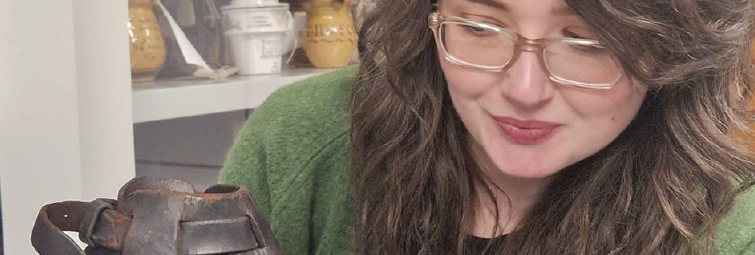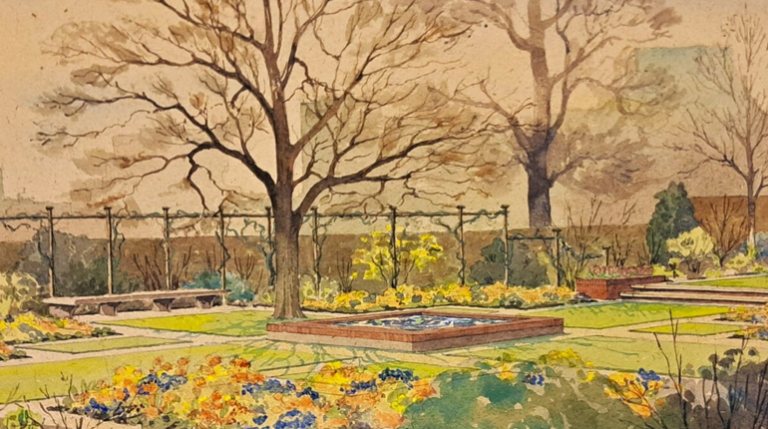How to Survive the Zombie Apocalypse (at The Museum of English Rural Life)
-
Author
- Joe
-
Published Date
- October 31, 2024

Written by Emma Davies and Sam Le Butt
If you’re among the survivors who have stumbled into The Museum of English Rural Life this Halloween, you’re in luck. Not only do we have a fascinating collection of historic agricultural tools, but we’re also well-equipped to fend off the undead hordes of the zombie apocalypse.
For centuries, tools like these enabled rural communities to stay fed, housed, and warm. Their usefulness casts a long shadow, and as we reel from the current zombie outbreak, there’s never been a better time to learn how using these collection objects can keep you alive today.Billhook
Traditionally used for cutting back hedges, the billhook is a deceptively powerful implement. Its curved blade is designed for a quick, clean cut through wood.This might be why it’s been adapted for military use since the medieval period. Using a billhook to make short work of any shambling foes is, pardon the pun, a no-brainer.
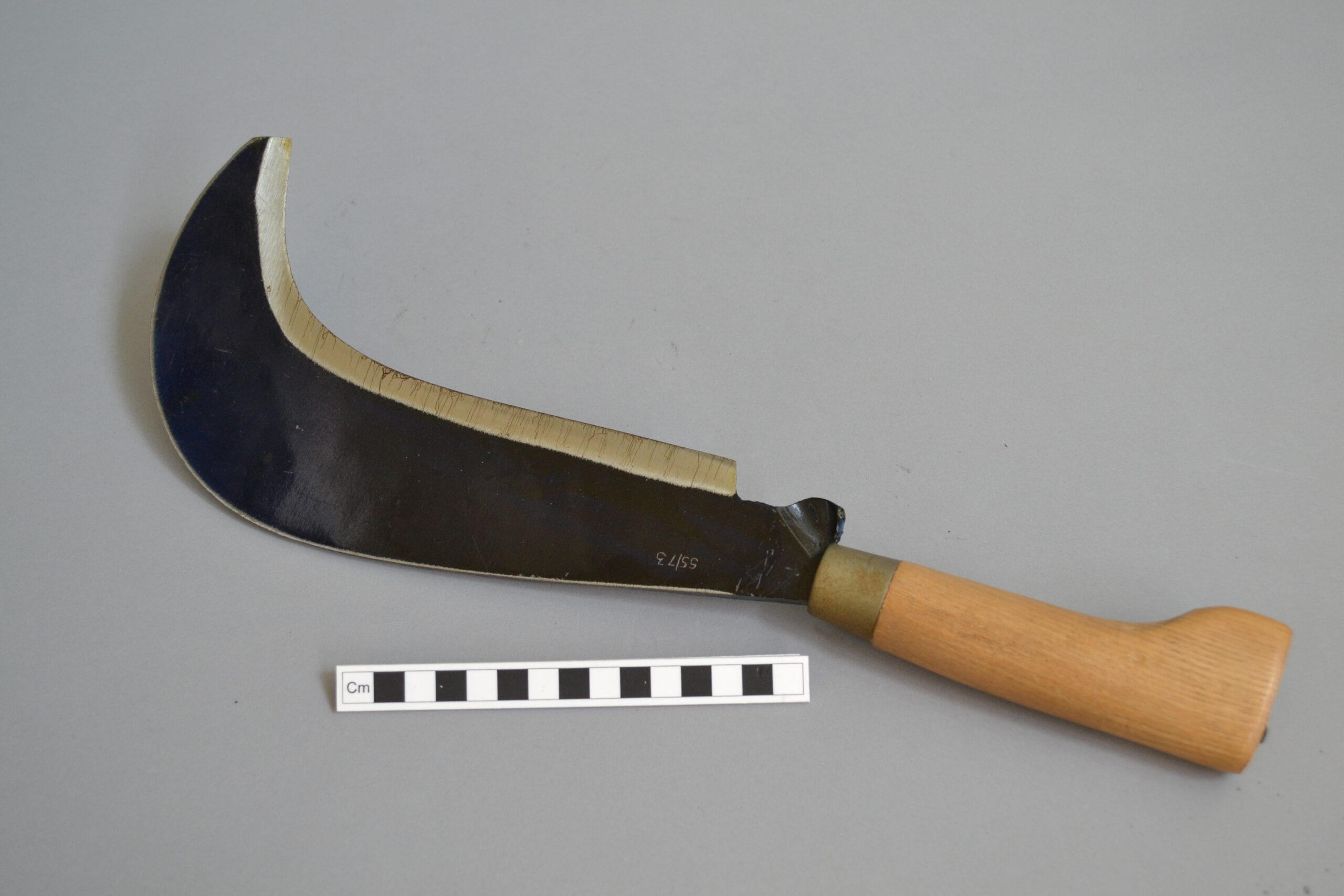
Chain Saw
The people of rural England were using chain saws long before 28 Days Later.This implement, also known as a flexible saw, consists of 25 serrated steel teeth with brass rings at either end for attaching to rope.
It’s positively terrifying – ideal for when you’re in a tight spot, like sawing through inaccessible branches, or sawing through the swarm of undead arms grasping wildly at you through the holes in your makeshift barricade.
Simply whip it out, stretch the chain ends between your hands, and get sawing.
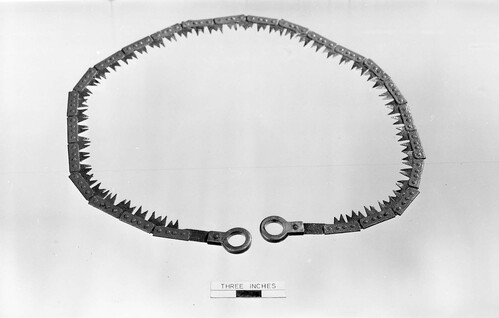
This collections object may be a First World War relic, bearing what appears to be a mark of the War Department. It may have seen action as a trench saw, used for cutting down trees and constructing dugouts.
Toasting Fork
It might look innocent, but never underestimate the humble toasting fork. Originally designed for toasting food over a cosy fire, this tool offers surprisingly effective zombie defence at close range.This object was designed and created by 19th century blacksmith Arthur Holloway, who included a delightful snake-shaped handle.
If you’re a survivor with a flair for the dramatic, what could be better than skewering a zombie with this gorgeous implement?
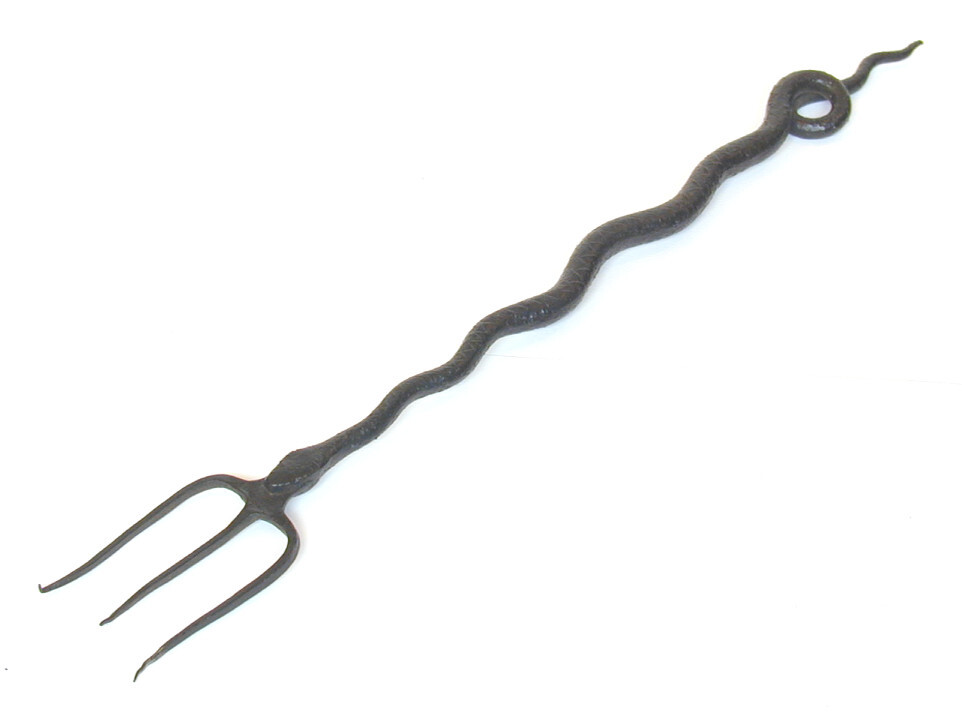
Lard Beater
What’s a lard beater, you ask? Well, it’s exactly what it sounds like – a heavy iron tool used to beat the liquid out of lard. Helpfully, it can be used to beat the liquid out of lots of things! Its broad, flat surface makes for a very effective bludgeoning tool, ideal for that all-important ‘double tap’.
Fishing Spear
With the fishing spear in hand, you’re ready to keep zombies at arm’s length – literally.Fishing spears are sharp and long, making it ideal for a direct hit to the head without letting a zombie get too close. It’s the ultimate tool for those who like to keep a safe distance, with the added benefit of potentially skewering multiple zombies in a row kebab-style if they’ve queued up politely.
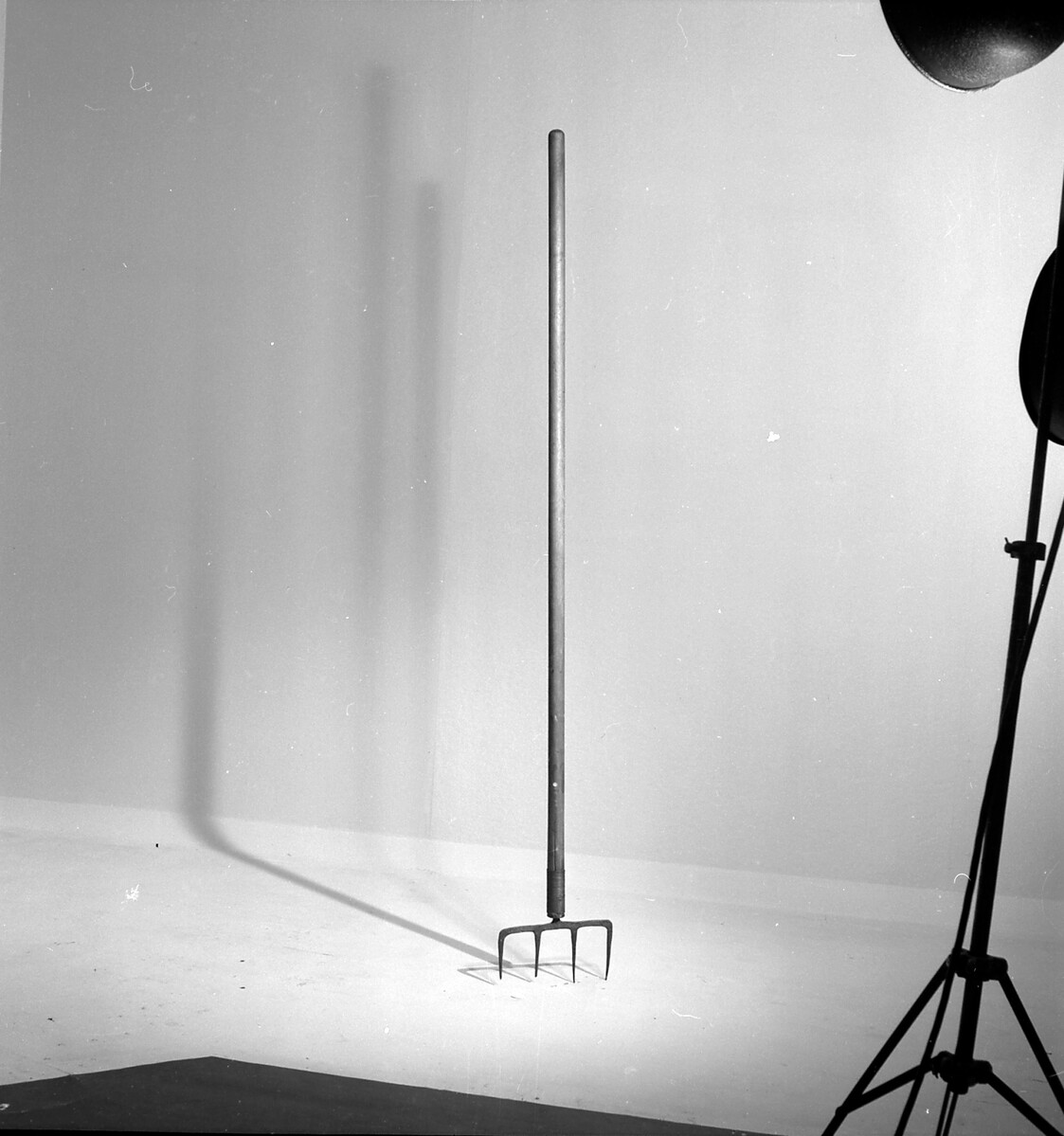
Who’d have thought that a collection of agricultural tools could be so versatile? It’s true that necessity is the mother of invention, and in a zombie apocalypse, every tool has its place. This Halloween, as you admire the humble billhook or the flexible saw, remember: these aren’t just for farm work. They’re the keys to your survival when the undead come knocking.
Emma Davies (she/her) is a SWW-DTP funded PhD researcher in Environmental Humanities working between Bath Spa University and the University of Bristol. Her research focuses on interactions with the soil in Folk Horror stories, exploring the ways in which the genre conveys a specific set of fears around ‘soured’ earth, haunted landscapes, and buried objects. Follow Emma’s work on TikTok.
Sam Le Butt (she/her) is an SWW-DTP funded PhD researcher in English Literature and Environmental Humanities at the University of Bristol and University of Southampton. She was a 2023 Greenhouse Fellow at the University of Stavanger and has publications in/forthcoming in Matter and Minnesota Review. Her research focuses on the intersections of ecocriticism and monster theory, using feminist and decolonial methodologies to ask how monsters narrate ecological crisis in contemporary literature and film. Her debut fiction collection, Curious Woman and other Creatures, was published in 2022 by Radical Bookshop.


